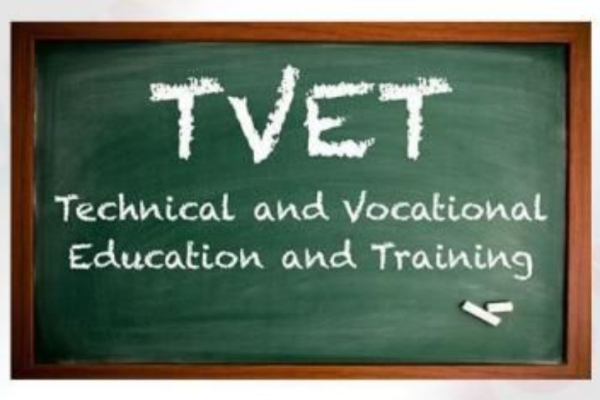Local internships for technical trainees can boost TVET growth

Aware of the government’s promotion of the TVET Dual Training Model and Competency-Based Education and Training (CBET) system, a friend of mine – a trainer at public technical institutions for 27 years – recently observed that while the TVET movement is gaining traction, more still needs to be done.
Specifically, we must ensure effective coordination and management of industrial placements and attachments for technical trainees, especially in ways that address local and proximate challenges such as rural poverty, food insecurity and climate change.
This reflection followed a previous article in this column, where I discussed TVET income-generating activity initiatives. I argued that such initiatives can serve as living workshops where trainees gain hands-on practical experience, especially in rural places with few industrial establishments, while providing service to community. But for this vision to take root, we must deliberately understand and leverage the comparative advantage of environments in which each technical institution operates.
During a recent webinar organised by the United Nations Food Systems Coordination Hub, speakers emphasised the importance of foresight and strategic planning frameworks that help anticipate future scenarios. These frameworks can – and should – be adapted to inform the design of robust local industrial placement mechanisms. Doing so would ensure that technical trainees develop relevant skills to meet the evolving needs of our society and economy.
In Kenya, where many regions fall within distinct agro-ecological zones and most livelihoods are tied to agrifood systems, it is crucial that governments and technical institutions work together to spur rural socioeconomic growth. Each region should chart a pathway to develop local industries and enterprises that not only grows the economy but also absorb trainees seeking industrial attachment. This kind of local alignment would ensure trainees receive contextually relevant and impactful practical experience.
The quality of industrial attachment determines the quality of skills acquired. That is why we must be deliberate and strategic in institutionalising mechanisms for effective industrial engagement. One viable pathway is to require all government-funded projects – whether in infrastructure, water, agriculture, or energy – make room for technical students to participate in supervised, hands-on training. For instance, road construction projects should not only be about tarmacking; they should also serve as field laboratories for engineering and construction students.
Governments, technical institutions and partners must take a long-term view – one that anticipates the challenges of tomorrow and invests in solutions today. As I have consistently argued, every technical skill acquired through TVET is ultimately linked to food systems transformation. Whether it is irrigation technology, post-harvest handling, or renewable energy innovations for the agrifood sector, the connection is clear.
Our foresight must place TVETs at the heart of food systems transformation and local climate action. No country has industrialised without first structuring its agrifood systems. And with climate change threatening the very foundation of food security, developing resilient local industries to absorb technical trainees is no longer optional – it is a necessity.
Doing so will not only accelerate the growth of the TVET sector but also advance our progress toward achieving the Sustainable Development Goals, enhance meaningful cooperation and promote peace.
— The writer is a UN global food systems Youth Leader, Vocational and Technical Trainer, and Communication Consultant














